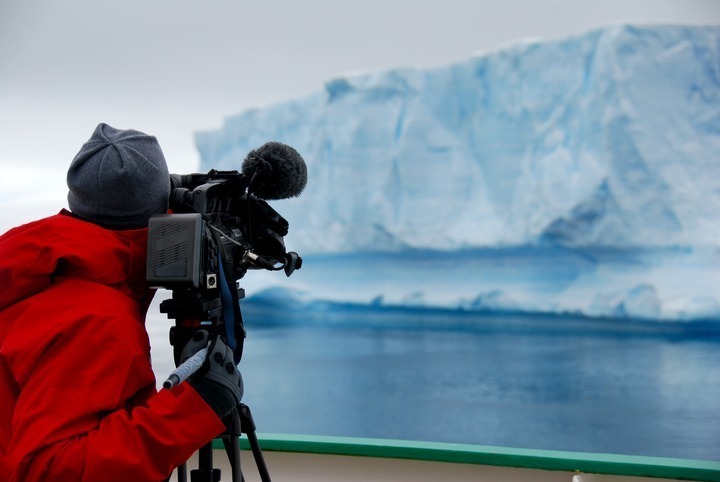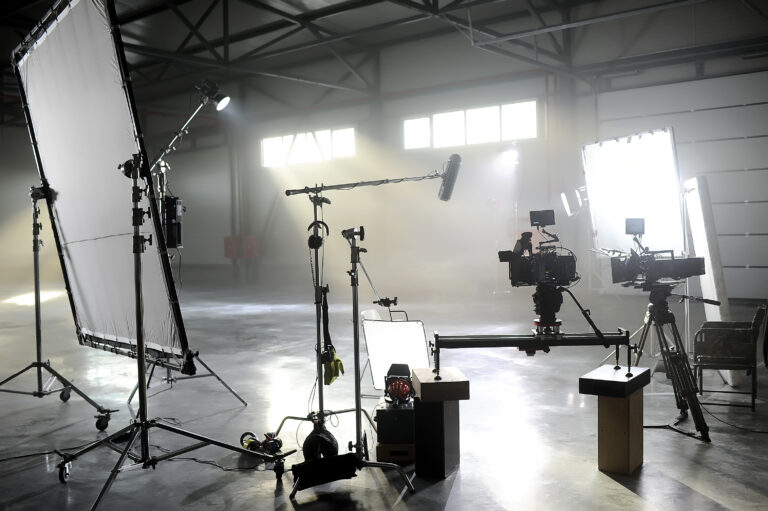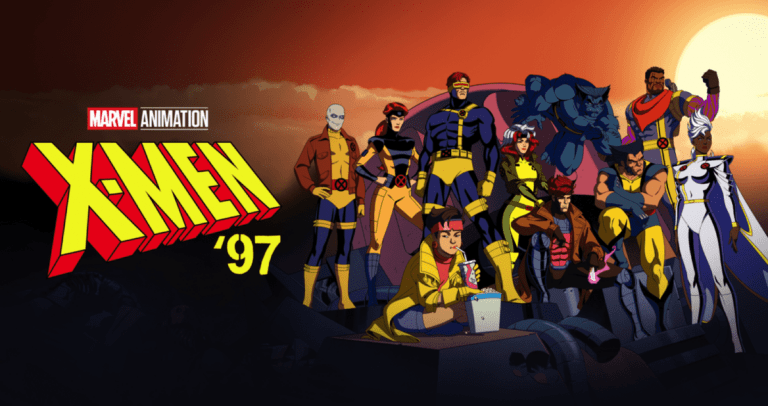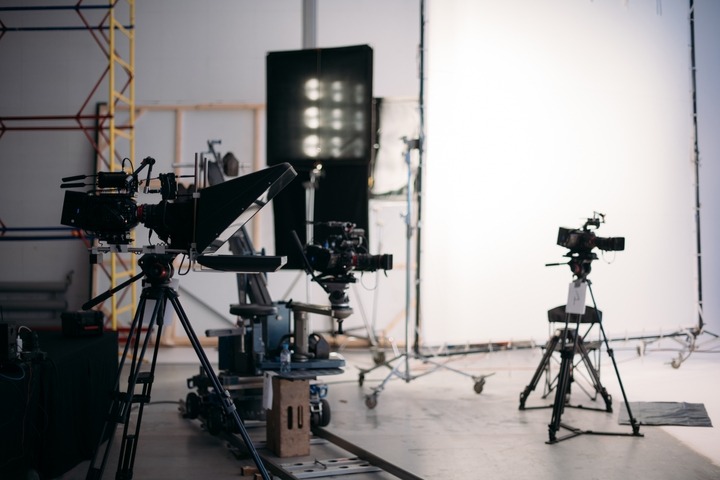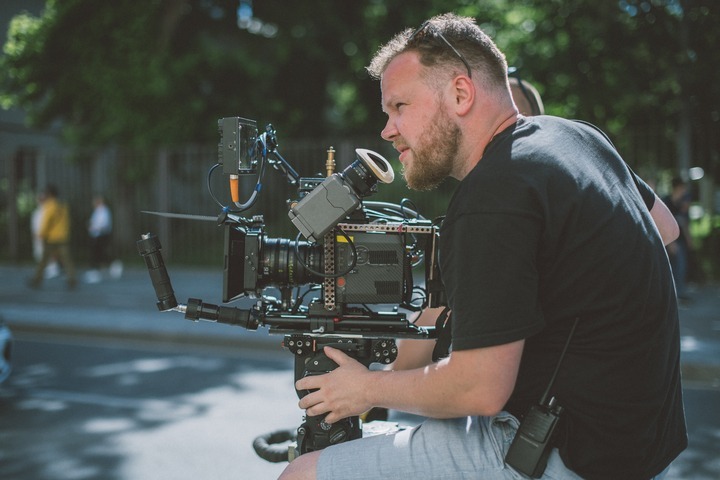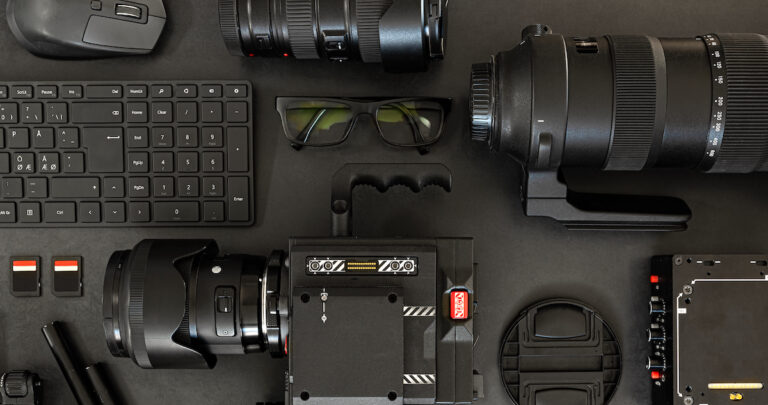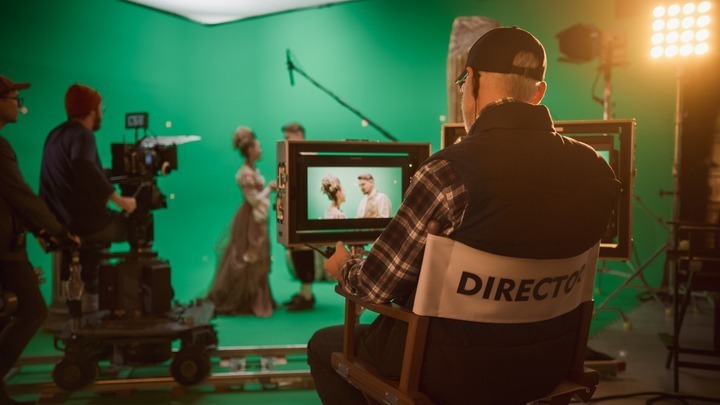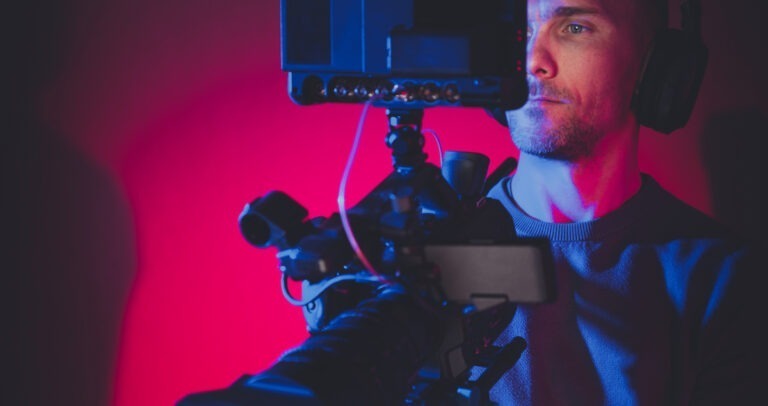Different types of documentaries act as a window into the landscape of storytelling. They explore everything from investigative exposés to historical retrospectives. But documentary films have come a long way since Nanook of the North. Voice overs, HD video footage, and virtual reality have altered the landscape of documentary genres.
At Voice123 – where you’ll find voice actors for all documentary genres – we value film, audio, and video innovation. So, here we’ll uncover how to produce a documentary film and break down the different types of documentaries, with a complete list of the documentary genres.
Are you ready to unlock your next documentary film masterpiece?
What is a documentary?
A documentary is a non-fiction film or video showcasing facts about people, events, or historical topics to inform, educate, highlight real-life stories, and raise awareness about critical issues. A documentary film typically includes interviews, archival and observational footage, voice over narration, or other filmmaking techniques that provide audiences with insights, perspectives, and experiences they might not otherwise encounter. Some documentary genres incorporate reenactments, animation, text overlays, music, and visual effects to enhance storytelling. Filmmakers typically use 6 types of documentaries for their productions. Here’s more on each one.
The different types of documentaries

- Observational
- Poetic
- Expository
- Participatory
- Performative
- Reflective
1. Observational
Observational types of documentaries adopt a fly-on-the-wall approach. Filmmakers observe and capture real-life events without interfering or directing the subjects. The aim is to present the subject matter with authenticity. Examples are:
- High School (1968): Documents the lives of Philadelphia high school teachers and students.
- Hoop Dreams (1994): Explores the dreams and struggles of high school basketball players in Chicago.
2. Poetic
A poetic documentary film uses imagery, metaphors, and symbolism to explore themes lyrically and subjectively. It’s one of the types of documentary that prioritizes visual storytelling over verbal exposition. Examples are:
– Sans Soleil (1983): A meditation on memory and cultural differences.
– Baraka (1992): A stunning exploration of human culture and spirituality.
3. Expository
An expository documentary film informs and educates audiences about specific topics by presenting facts, arguments, or explanations. They rely on voice over narration, interviews, statistics, and archival footage. Examples are:
– An Inconvenient Truth (2006): Al Gore’s presentation about climate change.
– Blackfish (2013): The controversial treatment of SeaWorld’s killer whales.
4. Participatory
In these productions, the filmmaker directly interacts with the subject, becoming part of the story through immersive portrayals. It’s one of the types of documentary that blurs the lines between observer and participant. Examples are:
– Super Size Me (2004): A filmmaker eats McDonald’s for 30 days.
– The Act of Killing (2012): The Indonesian death squad leaders.
5. Performative
A performative documentary film incorporates the filmmaker’s personal perspective, experiences, or narrative journey as a central character. It’s one of the types of documentaries that explores how a filmmaker’s presence shapes the audience’s understanding of the subject. Examples are:
– Fahrenheit 9/11 (2004): The Bush Administration’s response to 9/11.
– Tarnation (2003): Explores a director’s troubled home and family life.
6. Reflective
These examine the filmmaker’s thoughts, feelings, and insights about subjects or experiences. They involve self-reflection and a critical examination of personal perspectives. Examples are
– Cameraperson (2016): Footage from a filmmaker’s different projects.
– 13th (2016): Examines systemic racism and mass incarceration in the U.S
Documentary genres list
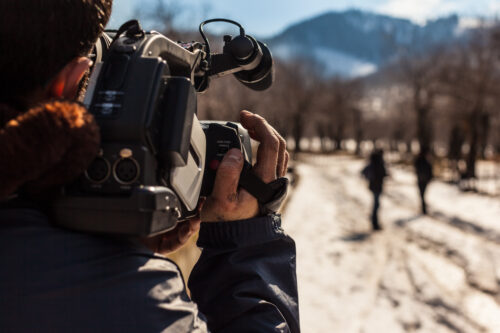
- True Crime investigates the psychological aspects of criminal cases through court proceedings and interviews.
- Historical events provide insights into significant figures and pivotal moments.
- Nature and Wildlife explores animal life, natural environments, and ecosystems.
- Science and Technology focus on the latest advancements, scientific concepts, and technology.
- Social & Cultural fosters community empathy by exploring human culture and relations.
- Biographies address an individual’s life and achievements.
- Sports highlight inspirational stories of athletes, teams, and sporting events.
- Politics stimulates debates about political systems, campaigns, and figures.
- Anthropological documentaries engage with communities, allowing filmmakers to understand their practices and beliefs.
- Environmental issues raise awareness and promote action towards a healthier planet.
How to create successful types of documentaries
- Pick a subject with meaning for your audience, whether current issues or historical significance.
- Research and collect historical data, conduct interviews, and gather relevant material.
- Write engaging documentary narratives with a clear beginning, middle, and end to make the information relatable to audiences.
- Plan your shots with a storyboard, location, and footage that creates visual appeal.
- Assemble a team of pros like video editors, writers, and producers to create engaging content.
- Hire skilled voice actors from Voice123 to add a professional and captivating voice to your documentary.
- Capture high-quality footage, like interviews, archival materials, and B-rolls, to enrich your storytelling.
- Conduct interviews to add insight and expert opinions on your subject.
- Use filmmaking techniques, like lighting and camera angles, to produce visually stunning scenes.
- Edit for impact so your project has clarity and maximizes the informational and emotional effects.
- Promote your documentary at film festivals like the International Documentary Film Festival, on social media, or with online streaming platforms.
Final thoughts on types of documentaries
Different types of documentaries are powerful tools for exploring the world around us. Whether it’s the gripping narratives of true crime or the awe-inspiring beauty of nature and wildlife, documentary genres shed light on untold stories that challenge our perspectives.
Ready to create a winning documentary film? Work with the vocal professionals from Voice123 or hire our Managed Services team to help transform your best ideas into a complete project.
Get ready to challenge perspectives and change lives, one documentary film at a time.
FAQs on types of documentaries
They are expository, observational, participatory, reflexive, performative, and poetic.
Expository is the most common documentary form because of its structured, informative approach and voice over narration.
These include the subject, purpose, perspective, visual style, and sound.
Non-fiction films that report reality for instruction, education, or maintaining a historical record are classified as documentaries.


